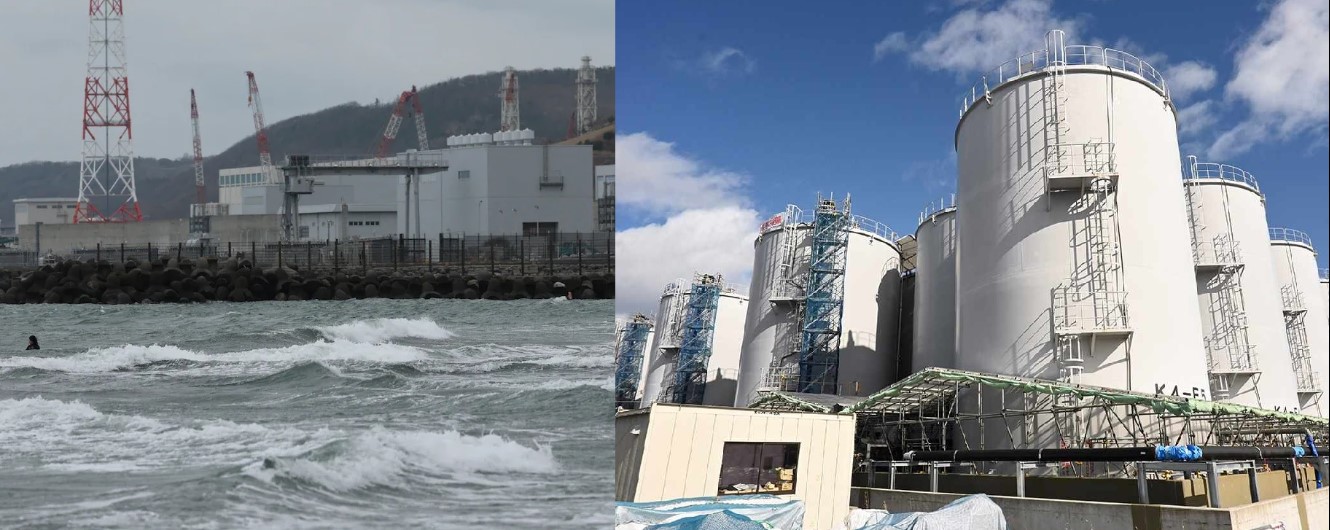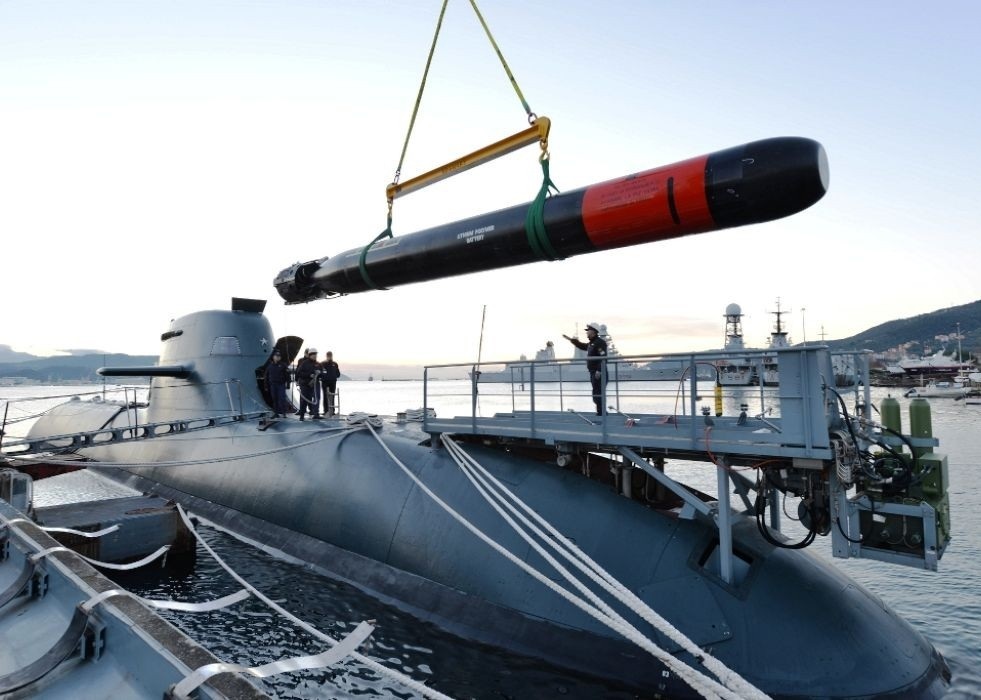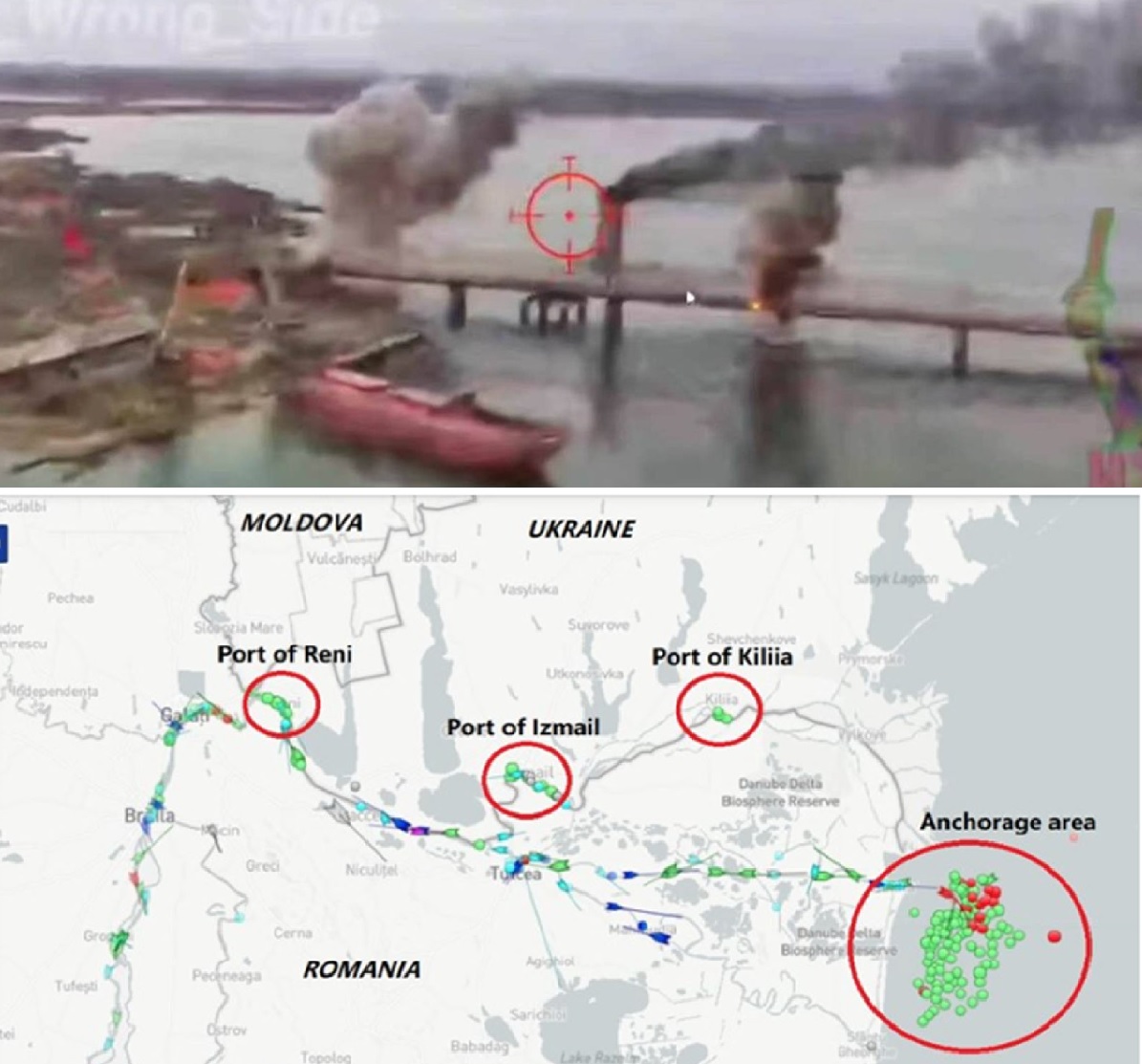Russia Launches Massive Missile and Drone Attacks on Ukraine's infrastructure

In a brutal display of force, Russia unleashed a relentless assault on Ukraine, targeting civilian and critical energy infrastructure in one of the fiercest attacks in months. The strikes, which blanketed cities across the country, left a trail of destruction, killing at least eight people and injuring dozens more. Ukrainian officials described the offensive as a grim reminder of the heavy toll Russia’s aggression continues to exact, with fears mounting that Moscow's aim is to cripple Ukraine’s energy sector ahead of the harsh winter months.
The most devastating blow landed in Sumy, a northern city located just 24 miles from the Russian border. A missile strike obliterated a nine-story residential building, killing eight people, including two young children. The powerful blast reduced sections of the structure to rubble, forcing rescuers to scour the debris in a desperate search for survivors. Over 400 residents were evacuated from the building as emergency responders combed through shattered apartments. Ukraine's Minister of Internal Affairs, Ihor Klymenko, solemnly remarked, "Every life destroyed by Russia is a big tragedy," underscoring the relentless humanitarian crisis.
Elsewhere, the onslaught took a lethal toll on the southern region of Mykolaiv. A drone strike there claimed two more lives and left six others injured, including two children, as fragments of debris rained down on the area. In the strategic Odesa region, another two people perished when critical energy facilities were struck, plunging communities into darkness and cutting off essential water supplies. Both victims were employees of the national power grid operator, Ukrenergo, who had been working to keep the country’s electricity flowing amid mounting damage.
Ukrainian President Volodymyr Zelenskyy confirmed the extensive nature of the assault, revealing that Russia had fired 120 missiles and 90 drones, utilizing an array of weaponry, including Iranian-made Shahed drones and high-speed ballistic missiles. Ukrainian air defense forces managed to intercept and destroy 144 out of 210 airborne threats, yet many still breached the country's defenses, inflicting extensive damage on power stations and energy distribution networks. The attacks were so widespread that they were heard across the capital, Kyiv, as well as in western and central regions, including major urban centers like Odesa and Lviv.
In the heart of Kyiv, a five-story residential building caught fire when debris from intercepted missiles struck its roof, sending plumes of smoke over the historic city. A thermal power plant operated by DTEK, a leading private energy company, was also heavily damaged, adding to the strain on Ukraine's already vulnerable energy infrastructure. Russia’s Defense Ministry later confirmed that it had specifically targeted what it described as "critical energy infrastructure" linked to Ukraine’s military capabilities, although the true extent of civilian impact was clear.
The timing of Russia's barrage has raised alarms about a deliberate strategy to weaken Ukraine's energy grid before temperatures plummet. Since the invasion began in February 2022, Moscow has systematically targeted energy facilities, plunging the nation into periods of blackout and forcing millions to endure harsh winters without heat. The International Atomic Energy Agency (IAEA) issued a statement expressing concern over the situation, noting that several electrical substations critical to nuclear plant operations had been damaged. Although no reactors were directly affected, the disruption adds another layer of risk to Ukraine's nuclear safety.
Meanwhile, Ukraine has taken steps of its own to counter Russian aggression. President Joe Biden, after persistent lobbying from Ukrainian officials, authorized for the first time the use of U.S.-supplied long-range missiles for strikes within Russian territory. Previously, such weapons had been restricted to avoid escalation. The approval, however, comes with limitations, as the U.S. attempts to walk a fine line between empowering Ukraine and avoiding direct confrontation with Russia. Ukrainian President Zelenskyy delivered a cryptic response, emphasizing that the time for words had passed, and "the missiles will speak for themselves."
The U.S. decision is particularly significant given the evolving dynamics on the front lines. Ukraine has been grappling with Russian forces along multiple axes, with the southern region of Kursk becoming a focal point of recent confrontations. The area has witnessed some of the most intense fighting since World War II, with reports that North Korea has pledged to send thousands of troops to assist Russia. This new development complicates an already volatile situation and highlights the far-reaching geopolitical implications of the conflict.
As Russia and Ukraine continue to exchange blows, the fallout extends beyond their borders. Poland and its NATO allies have increased patrols and activated air defenses in response to the escalating aerial threat. The Polish armed forces wrote on X, the platform formerly known as Twitter, that measures were being taken to ensure the safety of their airspace, demonstrating the broader European unease over Russia’s actions.
Ukraine has also ramped up its drone operations inside Russia, targeting military and industrial sites. In the Kursk region, a Ukrainian drone attack killed a local journalist, according to regional authorities. Nearby, in Russia’s Belgorod province, a man was killed when a Ukrainian drone dropped explosives on his car. Ukraine has even struck targets deeper inside Russian territory, with a drone hitting a factory in Izhevsk, a city known for producing military hardware. The regional governor reported only minor damage but highlighted the growing reach of Ukrainian retaliation.
Amid this chaos, the human cost remains stark. Families are left grieving, infrastructure lies shattered, and millions brace for a difficult winter as the war grinds on with no clear end in sight. For many, the question remains: how much more destruction must be endured before meaningful peace talks resume?
✍️ This article is written by the team of The Defense News.






